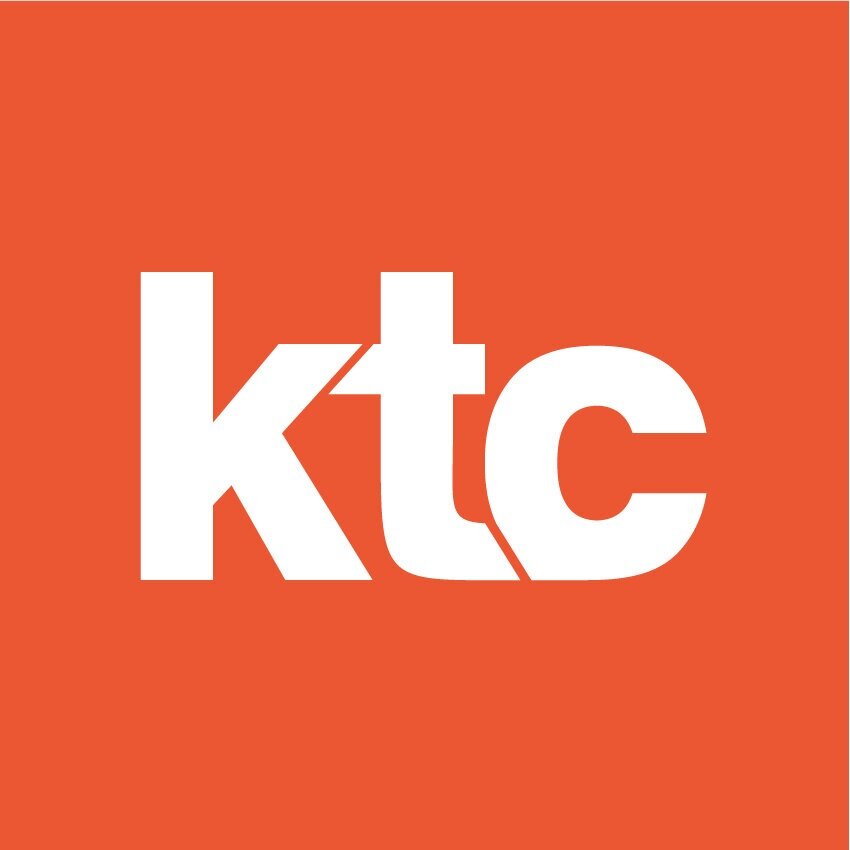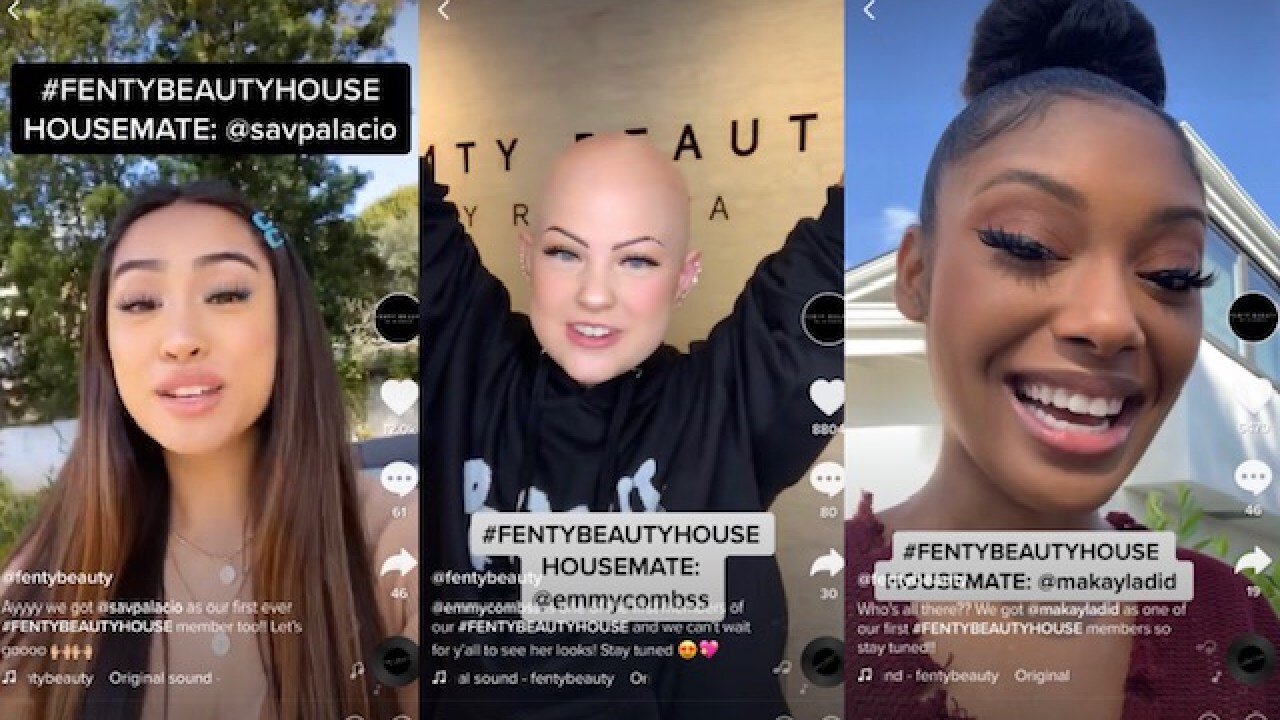Post-Pandemic Ambitions: Taking control over life by doing it themselves
Follow the fourth part of our Post-Pandemic Superhero series, the consumer charged for 2021. In this article, we focus on her ambitions: co-creation & participation, entrepreneur, enabled & independent. For the first part of this series, check our intro article.
To help you start 2021 at best, we are presenting her in a (free) Webinar on the 20th of January at 4pm CET. Register here!
A DIY wave with new makers and co-creators is on the rise, shaping the ambitions of the new consumer. Consumers and professionals are taking control over new circumstances and discovered new ways of creating value. Doctors now do Telehealth, restaurant owners make Lunchboxes and artists sell over platforms on online marketplaces.
Perhaps the most pervasive shift observed over the past several months has been a dramatic rise in the number of gig workers and micro-entrepreneurs. The Gig Economy is experiencing a big growth during COVID-19.
Thousands of new gig workers entered the fray during lockdowns. At the peak of restrictions, the popular freelance platform Upwork saw 50% more signups as people — whether working full-time or on a side hustle — put their talents and experience to work. On Freelancer.com, user sign-ups from the US rose by more than 30% between February and July of 2020, year over year.
“The Gig Economy has experienced a big growth during Covid-19.”
Upwork saw 50% more signups since mid-March 2020.
Image: Upwork
Micro-entrepreneurship has become a far more invoked term following the events of the past few months. People trapped in their homes by Covid-19 turned to their computers to find new ways of working. Because of Covid-19, what got touted just recently to be the future of work is already here. An increasing number of companies now have distributed workforces composed of micro-entrepreneurs, direct salespeople and gig economy workers.
What does this mean for 2021? A company’s unique value is not in its product or service, it’s in how it helps customers in the creation of their own path in life.
#1 Co-creation & Participation
The Post-Pandemic Superhero wants to co-design products & services. Let them in.
Launch of Rihanna Fenty Beauty House on TikTok, in March 2020.
Image: Hypehouse2020
Bringing customer voice into the brand’s operations to create products, services, content and campaigns will make them more reflective of what real people actually want.
Gen Z shoppers are highly creative and gravitate towards collaboration. They want to interact with brands that understand them, they want to be heard and become a part of the creative process. Fashion and beauty companies, naturally coming from creative industries, have a chance to tap into users’ creativity and uncensored individuality.
An an example, Rihanna launched a Fenty Beauty House on TikTok for her beauty company, a way for creators to collaborate with one another.
Several are the new social media apps that are becoming popular with Generation Z and should be kept an eye on during the upcoming year. The 5 apps (Genies, Bunch, Unfold, Lomotif, Triller) help users express their creativity online or compete with friends.
Industry highlight: Genies
Genies lets users create personalized digital avatars of themselves to use across social media and messaging services. The company has raised $36.1 million in funding and has attracted celebrity users including pop stars Justin Bieber, Jennifer Lopez and Rihanna. It also has landed partnerships with brands like Gucci and New Balance.
Image: nowre
So, what does this mean for 2021? Customers have to be more involved in brands - they can unlock a wealth of knowledge and follower base.
#2 Micro-entrepreneurship
The post-pandemic superhero is looking for new ways of creating an income as an entrepreneur, relying less on large companies.
As many as 72% of Gen Z say they want to start their own business and half never want to work for a boss. With the visible success they have vloggers, influencers and digital natives, this is not surprising. The new generation is in contact with well-paid entrepreneurs that just share videos of unboxing, product reviews, vlogs, beauty tutorials or games; who earn money by being social or showing talent. After all, many artists have achieved fame by starting to upload YouTube videos (singer Troye Sivan, gamer Royalistiq, makeup artist Jeffrey Starr).
Where Facebook is most loved by Millennials, YouTube is Generation Z's second favorite platform.
Coca-Cola and micro-influencer campaigns.
Yannick (@hetisdemerckx) blogs on this travels with his partner, Leslie. He is a Coke ambassador who frequently shares sponsored Instagram posts with his 45k followers, either naturally wearing his Coca-Cola sweater, taking a swig of Coke, or holding recycled Coke can objects. In each post, the micro-influencer seamlessly integrates the brand into his lively adventures abroad. Coca Cola can rely on Yannick to execute Instagram sponsorships that align with the brand’s values while generating brand lift and affinity.
Image: Instagram
The Generation-Z has new references on how to make money; YouTube videos of “How to build multiple income streams” or “How to get started with investing” have more than half a million views. On the other hand, the platform Instagram can also be associated with the “anyone-can-do-it” and the “easy- money” approaches. The Instagram user doesn’t have to be a mega influencer with a 1mln+ follower base, but just being a micro-influencer is enough, with followers ranging from 10k to 50k. Indeed, brands approach micro- influencers because they enable brands to generate high engagement at a lower cost among niche communities.
While macro-influencers reach more consumers overall, micro-influencers are wildly successful at cultivating loyal and engaged audiences. Provide a self-expression platform to your customers as a way of delivering your brand promise.
#3 Enabled & Independent
While independent work is nothing new, the digital enablement of it now the norm.
As the freelance world grows, so does the support available to independent workers, and so the cycle continues. Gone are the days where freelancers are seen as having casual and precarious careers. Freelance talent is now being recognised as progressive and dynamic.
The share of independent workers at U.S. businesses stood at 16% last year, according to a report published by the ADP Research Institute, which analyzed payroll data from more than 18 million workers. In total, there are 6 million more gig workers today than a decade ago. Half, or 3 million, of that growth reflects the shift of the labor force toward this type of work and away from more traditional employment. According to CNBC (2020):
Professionals are likely to consider freelance work in the future;
Young adults are turning to freelancing for economic opportunity;
More professionals are freelancing full-time;
Freelancing is helping to hone skills - 59% of freelancers have participated in skills training in the last six months vs. 36% of non-freelancers;
New research indicates that businesses are turning to gig workers with greater regularity.
Such online and app-based services include Uber, Etsy, Airbnb, Task Rabbit, Fiverr and Upwork, which have contributed to gig work’s popularity.
Supporting freelancer and independent workers might be of special benefit to the PPSH - give them tools to power up this practice.
Industry Highlight: TaskRabbit
TaskRabbit is an American online and mobile marketplace that matches freelance labor with local demand, allowing consumers to find immediate help with everyday tasks, including cleaning, moving, delivery and handyman work.
In 2017 the IKEA Group acquired TaskRabbit and subsequently launched a furniture assembly service from TaskRabbit in 2018.
Image: TaskRabbit
To kickstart 2021, ask yourself the following questions
The PPSH is not a consumer, but a creator. Your brand will be shared, mixed, remixed by people that want to put their own stamp on the world. Smart brands empower these people by using their brand’s power in creating platforms, content, safe communities and tools to offer to help people create their own future. Here are some questions to help you get on with their ambitions:
How are you empowering customers to help them move forward in life?
Have you reached out to creators to position your brand together?
Have you identified where your co-creators are? Don’t forget niches.
Want the full insight? Join the Post-Pandemic Superhero Webinar.
On the 20th of January at 4pm CET, meet us online to understand the full profile of this customer, learn how to align your product, services and marketing initiatives to draw business value from engaging with her.
Get to know her before she walks out of sight!
For more information, check our pages below:






